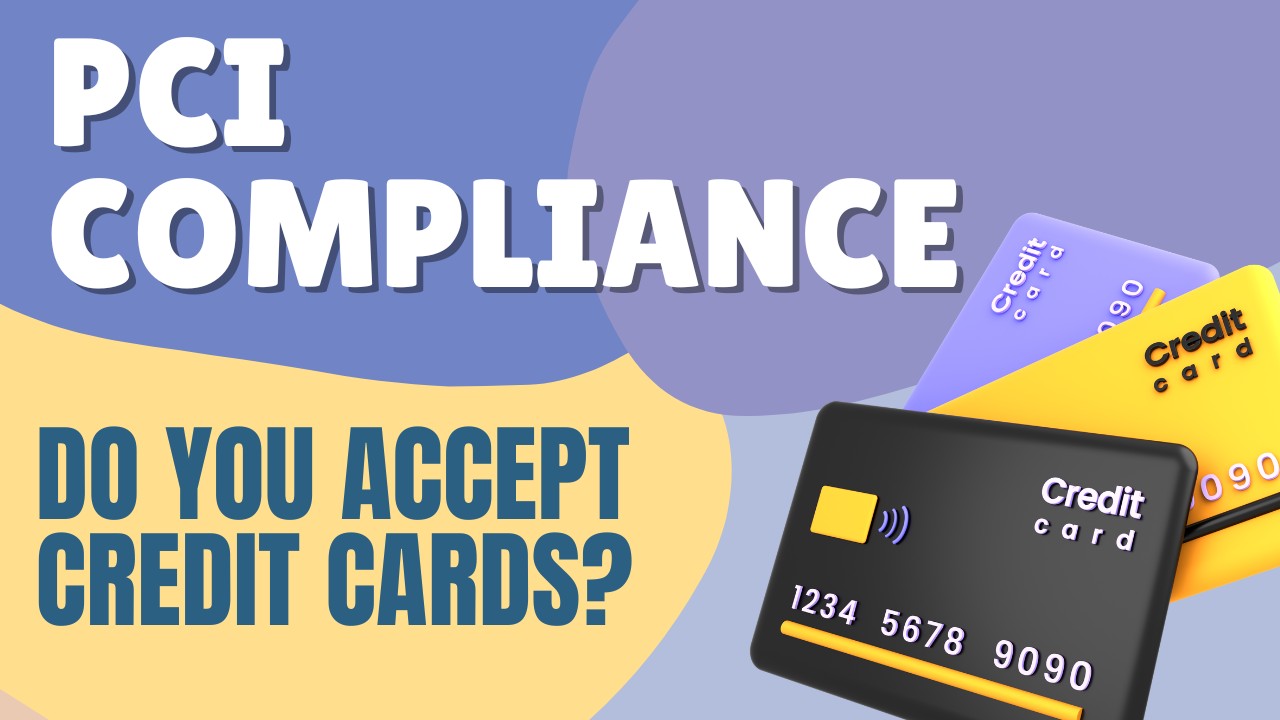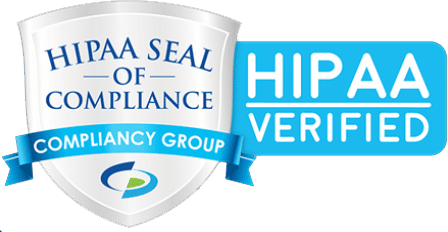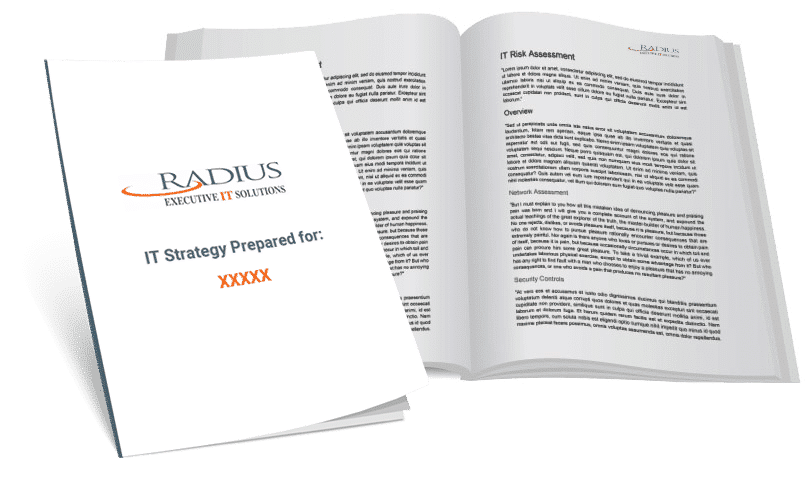Do You Accept Credit Cards? PCI Compliance is Essential
Accepting credit cards is a standard practice for most businesses, offering convenience to customers and potentially leading to increased sales. While it’s essential for any size of business, being able to process credit card payments comes with a responsibility to ensure the security of your customers’ data. To achieve this, organizations that accept credit card payments must adhere to the Payment Card Industry Data Security Standard (PCI DSS), which provides a framework for maintaining a secure payment environment.
PCI compliance is a crucial aspect of credit card processing that every business owner should understand. It involves meeting specific security requirements to protect cardholder data, which ultimately helps reduce the risk of data breaches and potential financial losses. By adhering to PCI DSS, you protect your customers and your business from the consequences of non-compliance, such as fines, penalties, and loss of trust.
Key Takeaways
- PCI compliance is a requirement for businesses that process credit card transactions to protect cardholder data.
- Adhering to PCI DSS security standards helps prevent data breaches and financial losses.
- Failure to comply with PCI regulations can result in fines and damage a business’s reputation.
Understanding PCI Compliance
What Is PCI DSS?
PCI DSS stands for Payment Card Industry Data Security Standard. It is a set of security standards introduced in 2006 to ensure that all businesses that handle credit card data maintain a safe and secure environment for their customers’ information. The standards apply to any entity involved in the processing, storing, or transmitting of credit card data, including merchants, service providers, and financial institutions.
Importance of PCI Compliance
Being PCI compliant is crucial for several reasons:
- Security: PCI compliance helps safeguard sensitive customer data and reduces the risk of data breaches, identity theft, and card fraud.
- Reputation: A data breach can cause significant damage to a business’s reputation and customer trust, leading to lost revenues. By maintaining PCI compliance, you demonstrate your commitment to protecting their information.
- Legal Requirements: Non-compliance with PCI standards can result in severe financial penalties, increased security audits, and potential legal repercussions. Regularly maintaining and updating your business’ security measures is essential.
Who Needs PCI Compliance?
Any business or organization that handles, processes, stores, or transmits credit card data must be PCI compliant. This includes merchants of all sizes, payment processors, and payment gateways. Compliance requirements may vary depending on the volume of credit card transactions and the specific needs of your business.

Requirements for PCI Compliance
Building a Secure Network
To be PCI compliant, you must build and maintain a secure network for processing credit card transactions. This involves installing and configuring a firewall to protect your systems from unauthorized access. It also requires changing default passwords and security configurations provided by vendors to ensure a unique and robust security setup for your network.
Protecting Cardholder Data
Protecting cardholder data is crucial for PCI compliance. You must store and transmit cardholder data securely, using encryption when transmitting over open networks. Avoid storing sensitive cardholder data unless absolutely necessary, and implement proper access controls to restrict access to stored data.
Maintaining a Vulnerability Management Program
A vulnerability management program should be in place to identify and mitigate security risks within your environment. Regularly update and patch your systems, and use antivirus software to protect against malware and other harmful threats. Always keep your applications secure and up-to-date to minimize potential vulnerabilities.
Implementing Strong Access Control Measures
Implementing strong access control measures is essential for PCI compliance. This includes restricting access to cardholder data on a need-to-know basis and employing strong authentication for accessing cardholder data systems. Assign a unique ID to each person with access to ensure individual accountability and monitor all access to network resources.
Regularly Monitoring and Testing Networks
To maintain PCI compliance, regularly monitor and test your networks. Track all access to network resources and cardholder data to promptly identify, report, and address security incidents. Perform routine vulnerability scans and penetration tests to assess your security posture and uncover potential weaknesses that attackers could exploit.
Maintaining an Information Security Policy
Lastly, establish and maintain a comprehensive information security policy that outlines your commitments to protect cardholder data and the responsibilities of all stakeholders in the organization. Regularly review and update your security policies to address evolving security threats effectively and align with the latest PCI requirements.
Credit Card Acceptance and Security Measures
As a business that accepts credit card payments, you are responsible for ensuring the security of your customer’s information. This section will discuss several essential security measures you should implement when processing credit card transactions.
Point of Sale Systems
A Point of Sale (POS) system is where you capture and process customer credit card information at the time of purchase. Here are some tips for managing the security of your POS system:
- Ensure your POS system is PCI compliant. This means it meets the security standards set by the Payment Card Industry Data Security Standard (PCI DSS).
- Keep your POS system’s software and firmware up-to-date to protect against security vulnerabilities.
- Limit access to the POS system to authorized employees only and implement strong authentication measures like PINs and biometrics.
Online Payment Gateways
For businesses that accept credit card payments online, you need to integrate a secure online payment gateway. Here are some recommendations to ensure your online payment process is secure:
- Choose a PCI-compliant payment gateway. This means it adheres to the security requirements of the PCI DSS.
- Implement strong encryption for transmitting credit card data between your website, the payment gateway, and the credit card processor.
- Use secure socket layer (SSL) certificates to establish an encrypted connection between your website and the customer’s browser.
Encryption and Tokenization
Encryption and tokenization are valuable tools for protecting credit card data throughout the transaction process.
- Encryption involves converting the credit card data into an unreadable form. This ensures that only those with a decryption key can access the information. When credit card data is being transmitted between parties, it should be encrypted to avoid unauthorized access.
- Tokenization replaces the credit card data with a unique token, which can be used to process the payment. This way, credit card data is never stored or transmitted, reducing the risk of exposing sensitive information.
The Consequences of Non-Compliance
If your business accepts credit card payments, you must adhere to the Payment Card Industry Data Security Standard (PCI DSS). Failing to comply with these standards can lead to severe consequences, which can be categorized into three main areas: Financial Penalties, Legal Repercussions, and Reputational Damage.
Financial Penalties
Financial consequences can be significant when your organization fails to meet PCI DSS requirements. Penalties can include:
- Fines: Imposed by card networks and regulatory bodies, fines for non-compliance can range from $5,000 to $100,000 per month.
- Suspension of merchant accounts: Acquiring banks or payment processors can suspend your merchant account, impacting your ability to accept credit card payments.
Legal Repercussions
In addition to financial penalties, non-compliant organizations may face legal repercussions, such as:
- Lawsuits: Breach of customer data can lead to expensive lawsuits, as affected parties may seek compensation for damages.
- Regulatory actions: Failure to comply with PCI DSS might result in further scrutiny from regulatory authorities, causing potential setbacks in future business operations.
Reputational Damage
Lastly, non-compliance can cause extensive damage to your organization’s reputation:
- Loss of customer trust: Once an organization has been found non-compliant, customers may hesitate to conduct business with you.
- Negative publicity: Data breaches due to non-compliance can attract unwanted media attention, affecting brand image and customer perception.
Becoming PCI Compliant
Becoming PCI-compliant is essential for businesses that accept credit card payments. This section will guide you through achieving compliance and ensuring the security of your customers’ sensitive cardholder information.
Self-Assessment Questionnaire
To start your journey towards PCI compliance, complete the Self-Assessment Questionnaire (SAQ). The SAQ is a set of questions designed to evaluate your security practices and determine which PCI DSS requirements apply to your business. There are several versions of the SAQ, and the one you should use depends on how your business processes payment card transactions. For example:
- SAQ A: For merchants that process card-not-present transactions only and do not store cardholder data.
- SAQ B: For merchants with only standalone dial-out terminals that connect to the payment processor through a phone line.
- SAQ C: For merchants with payment application systems connected to the internet, either standalone or in a local network.
- SAQ D: For all other merchants and service providers not covered by the previous categories.
Choose the appropriate SAQ for your business and answer each question honestly. Based on your answers, you can identify areas where improvements are needed.
Professional Security Assessments
While the SAQ is a valuable tool for self-assessment, it may be necessary to engage a Qualified Security Assessor (QSA) or an Approved Scanning Vendor (ASV) for a professional evaluation of your security practices. These professionals can provide expert guidance and recommendations to help you meet PCI DSS requirements.
QSAs are certified by the PCI Security Standards Council to assess an organization’s compliance with the PCI DSS standards. At the same time, ASVs are companies authorized to perform external vulnerability scanning services as the PCI DSS requires. Depending on your business size and transaction volume, you may be required to work with a QSA or ASV to achieve compliance.
Compliance Reporting and Documentation
Once you have improved your security practices and completed the necessary assessments, you must document and report your compliance status to the relevant parties. This typically involves:
- Conducting regular compliance checks: Keep your organization up-to-date with PCI DSS requirements by periodically reviewing and adjusting your security practices as needed.
- Submitting compliance reports: Provide the required reports to your acquirer (for merchants) or the payment brands (for service providers). Reports might include your completed SAQ, any scan reports from an ASV, and potentially an Attestation of Compliance (AOC) signed by a QSA.
- Retaining documentation: Maintain records of your compliance efforts, including policies, procedures, and assessment results, as they may be requested during future audits or investigations.
Maintaining Ongoing Compliance
Regular Security Training
To ensure PCI compliance, it is crucial to provide regular security training for all employees who handle credit card data. The training should cover essential aspects such as data protection policies, secure handling of sensitive information, and security awareness. You can use interactive modules, quizzes, and presentations to make the training engaging and effective.
- Conduct training sessions at least once a year
- Update training material to reflect changes in PCI regulations or threats
- Maintain records of employee training, including attendance and compliance understanding
Continuous Monitoring
To safeguard credit card data, you must implement a continuous monitoring process for your systems and networks. This includes regular vulnerability scans, intrusion detection systems, and real-time alerts to identify and mitigate threats effectively.
- Monitor all critical systems, including firewalls, routers, servers, and workstations.
- Implement intrusion detection and prevention systems (IDPS) to identify potential threats in real-time
- Use data encryption and secure transmission protocols to protect sensitive information.
Periodic Reviews and Audits
In addition to ongoing efforts, periodic reviews and audits are an essential part of your PCI compliance journey. These allow you to verify that your security controls and processes are in place, functioning correctly, and meeting the PCI requirements.
| Activity | Frequency | Details |
|---|---|---|
| Internal vulnerability scans | Quarterly | Review and update security policies |
| External vulnerability scans | Quarterly | Conduct independent vulnerability scans |
| Internal audits | Annually | Review security measures and procedures |
| External audits | Annually (Level 1) or biennially (Level 2 and 3) | Conduct third-party assessments for merchants |
Need DMARC Email Security And PCI Compliance
As a business that accepts credit card payments, you must adhere to the Payment Card Industry Data Security Standard (PCI DSS). PCI DSS establishes a set of regulations that businesses must follow in order to secure cardholder data. One critical aspect of PCI DSS compliance, particularly in version 4.0, is implementing DMARC email security.
DMARC, or Domain-based Message Authentication, Reporting & Conformance, is a protocol that helps protect your business and customers from email-related threats such as phishing and spoofing. By March 2025, DMARC implementation will be mandatory in PCI DSS version 4.0. Thus, implementing DMARC is not only crucial for email security but also necessary to meet these compliance standards.
To better understand DMARC’s role in PCI compliance, let’s review its key components:
- SPF (Sender Policy Framework): A method to authenticate the sender’s domain, ensuring that only authorized sources can send emails on behalf of your domain.
- DKIM (DomainKeys Identified Mail): A cryptographic signature added to emails, linking them to your domain and further authenticating the message.
- DMARC Policy: Rules specified by your organization to determine how other email servers should process unauthenticated messages from your domain.
Incorporating DMARC into your email security practices offers multiple benefits, such as:
- Protecting your brand’s reputation by preventing email fraud
- Reducing the risk of sensitive information being obtained through phishing attacks
- Improving email deliverability, as legitimate messages are more likely to reach their intended recipients
Implementing DMARC and meeting PCI DSS requirements might seem complicated, but you can achieve both with the right resources and support. Start by evaluating your current email security measures and working towards incorporating DMARC policies. Remember that staying ahead in email security helps protect your business and customers and ensures you remain compliant with industry standards.
FAQs About PCI Compliance
Exemptions and Special Cases
While PCI compliance is necessary for businesses that accept, process, and store credit card information, the rule has certain exemptions. Firms that don’t accept credit card payments mustn’t worry about PCI compliance. However, as soon as your business starts dealing with credit card transactions, following the PCI standards is crucial for protecting cardholder data.
Cost of Compliance
The cost of becoming PCI compliant can vary depending on your business size, the complexity of its infrastructure, and the level of compliance required. Smaller merchants typically experience lower costs, while larger entities may invest more to meet security standards. Here are common costs to consider:
- Assessment fees: Compliance assessments and vulnerability scans can range from hundreds to thousands of dollars
- Remediation costs: Fixing any security issues discovered during assessments, which can entail software or hardware upgrades
- Annual validation costs: Annual fees associated with maintaining compliance, such as scans or assessments and consulting services
Duration and Renewal of Compliance
PCI compliance is an ongoing process, and businesses must remain vigilant. While initial compliance can take a few weeks to several months, the re-validation process depends on your company’s size and complexity. Generally, merchants need to validate their compliance status annually. This includes:
- Completing a Self-Assessment Questionnaire (SAQ)
- Conducting vulnerability scans and penetration tests
- Submitting the necessary documentation and attestation of compliance to the appropriate party
Remember, protecting your systems and sensitive data is an ongoing responsibility. Regular monitoring, routine assessments, and prompt remediation of identified vulnerabilities are vital to maintain PCI compliance and protect your business.





